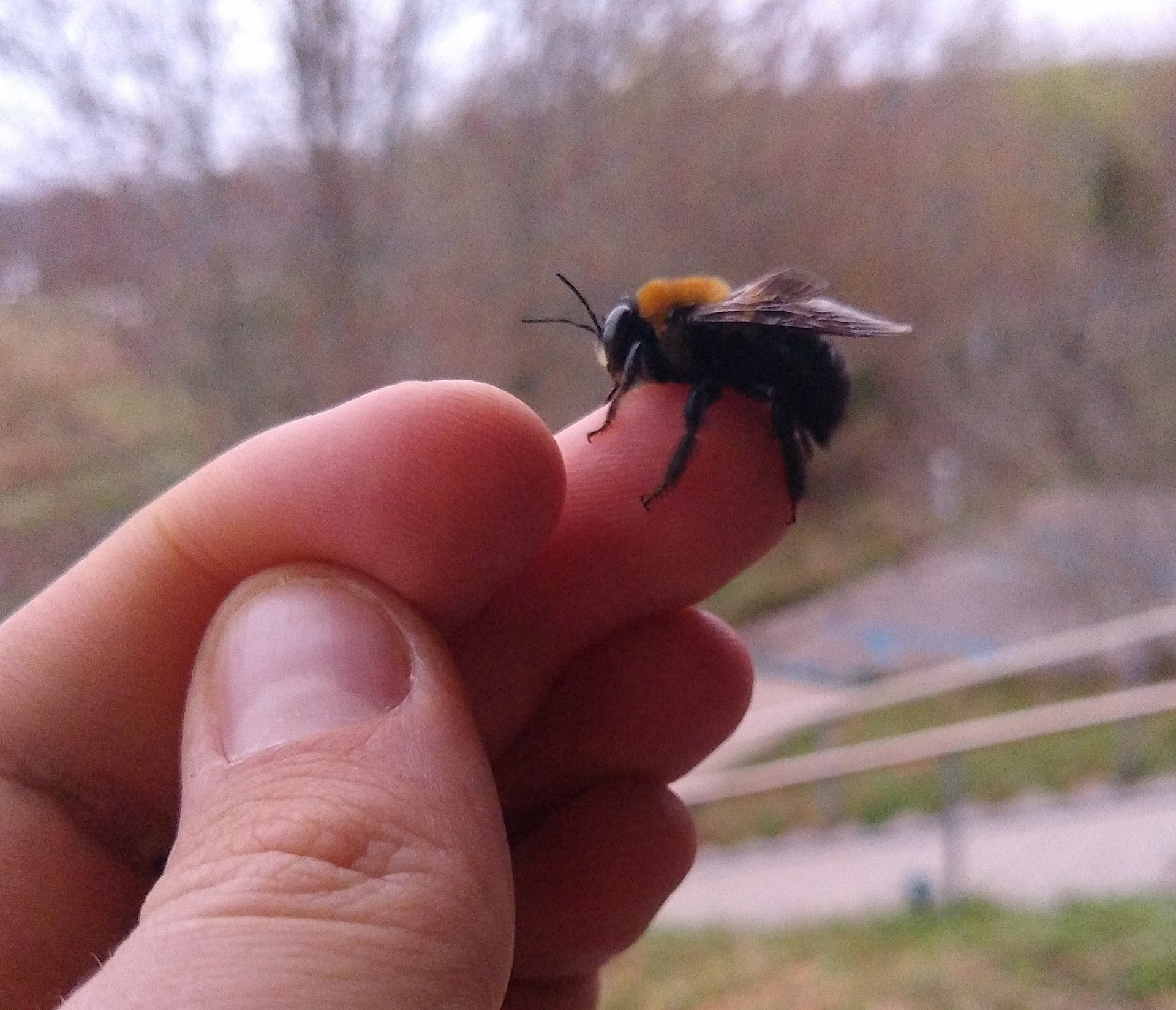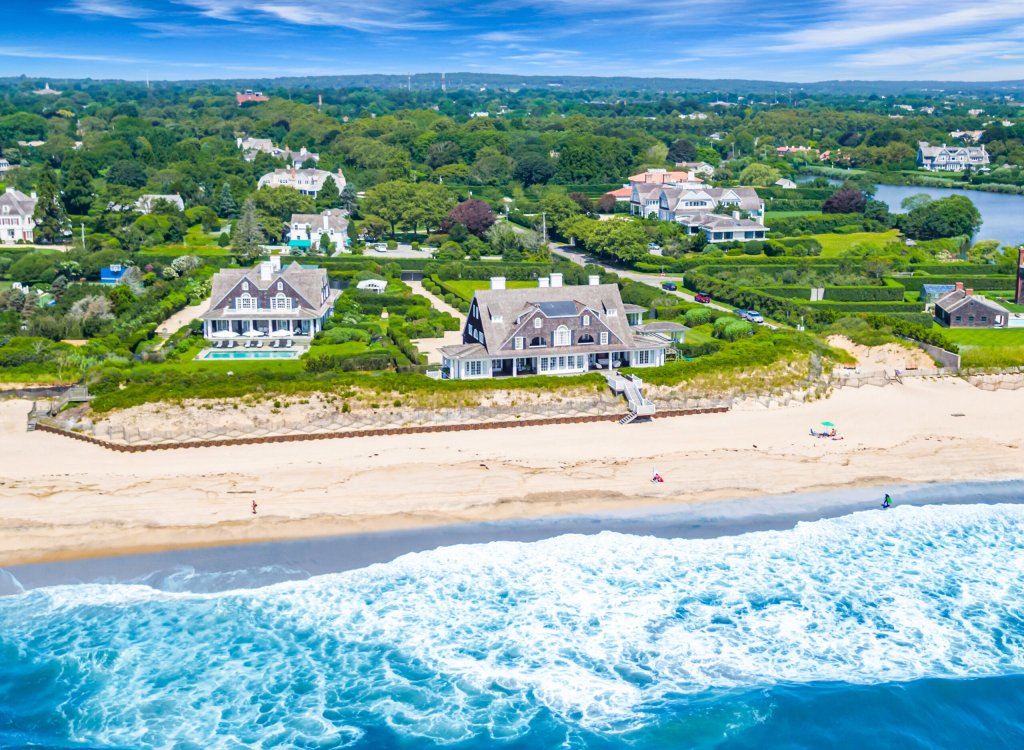Not All Bees Make Honey


Bees are famous for living together in giant hives, where different individuals have different jobs, all working hard to make honey and raise the eggs that the queen lays. Animals that live in an organized social structure like this are known as eusocial.
While it’s true that bees are one of the poster children of eusocial insects (along with ants), in reality, it’s likely the majority of bees you see on a daily basis don’t live like this. The bee that earned them this eusocial reputation is the European honeybee, which we all know and love for the honey it produces. Honeybee colonies can be made up of tens of thousands of individual bees, and thanks to our love of honey, they can now be found on every continent except Antarctica.
While this kind of bee might be the most famous, the majority of New York bees are actually solitary, living on their own rather than in a colony. According to Cornell College of Agriculture and Life Sciences, only an estimated 19 percent of New York bees are eusocial. Among those, bumblebees are the most well-known and generally form the biggest colonies, but even they typically only form colonies of a couple of hundred individuals — a great deal less than your average honeybee colony.
While honeybees are very important pollinators for many crops, they are typically not the greatest at pollinating plants native to North America (since they themselves are not native). For example, plants like tomatoes, pumpkins, cherries, blueberries, cranberries, and eggplants are usually most effectively pollinated by our native bees that have adapted to living around them.
Some plants even have specific, specialized species of bees that they rely on for almost all of their pollination. For example, squash bees are a type of native solitary bee that only visits squash flowers. While these flowers can be pollinated by other insects, chances are you can thank a squash bee for the last zucchini you ate. Despite their importance to our ecosystem, small solitary bees like the squash bee typically fly under the public radar.
Unfortunately, like many insects throughout the world, our native bees are on the decline. A long list of factors is likely responsible, including loss of habitat, invasive competitors, and overuse of pesticides.
However not all hope is lost. If you want to help, there are many small actions you can take that have the potential to have a great impact. Planting native plants like rose mallow or squash can help provide food and habitat; putting up mason bee houses is a great way to help provide a nesting area; and opting out of spraying pesticides whenever possible ensures the habitat around your house is safe for them to live.
With all the buzz about saving the honeybee, we should all try to remember to our native bees as well.
Miles Todaro is an environmental educator at the South Fork Natural History Museum and a graduate of Stony Brook University.



